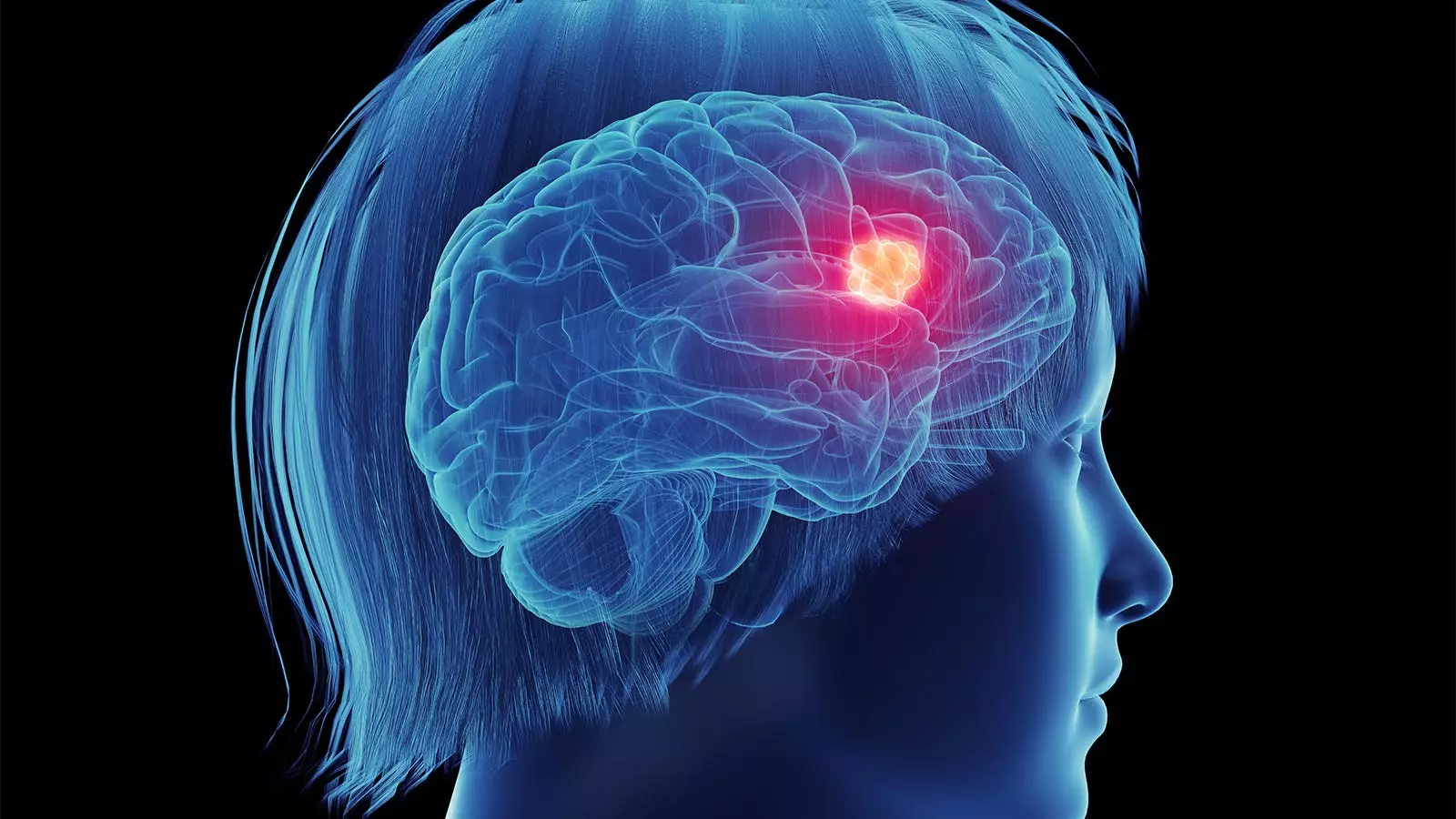The relationship between postmenopausal hormone therapy (HT) and the incidence of glioma—a type of brain tumor—has been a contentious subject within medical research. A substantial retrospective analysis involving over 75,000 women has brought to light some intriguing insights but also fueled ongoing debates surrounding sex disparities in glioma risk. Understanding the implications of this study is paramount, as it may pave the way for future investigations into women’s health, hormones, and their complex interactions with various diseases.
The study conducted by Hui Tang, MD, and colleagues at North Sichuan Medical College provides essential data on HT usage among women and its potential correlation with glioma risk. The analysis revealed a non-significant 16% increase in glioma hazard for women who had undergone HT. Notably, this increase did not significantly vary when considering factors such as the duration of HT use or differences between current and former users. Such findings suggest that while there may be a slight uptick in risk for those using HT, the lack of statistical significance raises questions about the robustness of this association.
One of the most striking aspects of the study was the highlighted association among college-educated women, indicating that educational background might play a role in how HT impacts glioma risk. Nevertheless, even this subgroup analysis failed to yield conclusive results, failing to achieve statistical significance for the interaction effect of education and HT usage. As such, the research also casts doubt on whether existing knowledge about HT and glioma should be reconsidered or expanded.
The discourse surrounding HT and glioma has been largely inconclusive, with 14 prior studies illustrating varying conclusions. Some retrospective case-control studies have shown an inverse relationship, suggesting that HT use may actually lower glioma risk, while other prospective studies reveal no significant association. The perceived inconsistencies within existing literature have undoubtedly muddled our understanding of this relationship.
Tang’s team reiterated that the existing evidence does not support a strong association between HT and glioma risk. They noted several influencing factors that could be contributing to these mixed findings, including the complex nature of hormone therapy itself and the possible inaccuracies in data collection methods present in retrospective studies, such as recall bias—the tendency for participants to misremember or misreport their medical histories.
In light of the ambiguous relationship between HT and glioma, Tang and colleagues advocate for future studies that employ larger sample sizes, utilize prospective designs, and examine specific components of HT in greater detail. Such studies could enhance our understanding of the nuanced associations between the duration of HT use and the risk of developing glioma. Greater clarity on these factors might prove vital not only for women undergoing HT but also for the broader scientific community aiming to demystify sex-based differences in disease risk.
Moreover, Stephanie Faubion, MD, from the Mayo Clinic, emphasized the rarity of glioma and questioned the return on investment for resources directed toward this specific inquiry. Dr. Faubion highlighted that while gliomas are difficult to study due to their infrequency, other female-dominant brain tumors such as meningiomas—accounting for 90% of cases—have not received adequate focus in relation to hormone therapies. This presents a significant opportunity for future research agendas.
The findings and discussions surrounding hormone therapy and glioma risk embody a broader narrative about sex-based differences in healthcare. Many diseases exhibit disparities in incidence and outcomes based on gender, and understanding the biological, social, and environmental factors contributing to these differences is crucial. Dr. Faubion correctly posited that a thorough understanding of disorders that disproportionately affect women—like migraines or certain cancers—could yield deeper insights into women’s health and emerging treatment paradigms.
As researchers and clinicians continue to untangle the complexities of sex differences in health, it will be imperative to maintain a holistic view that considers hormones, genetics, and lifestyle factors together. The continuing evaluation of HT effects on conditions like glioma is not only vital in providing insights for current patients but could also lead to better future management strategies for various health conditions influenced by hormonal changes.
While the recent study sheds light on the relationship between hormone therapy and glioma risk, it ultimately underscores the need for more comprehensive research. Although current findings indicate a lack of significant association, the complexities of sex-based differences in health warrant ongoing attention and exploration. As science continues to evolve, we must remain committed to unraveling the intricate connections between hormones, health risks, and gender to ensure improved clinical outcomes for women everywhere.


Leave a Reply